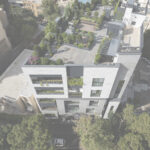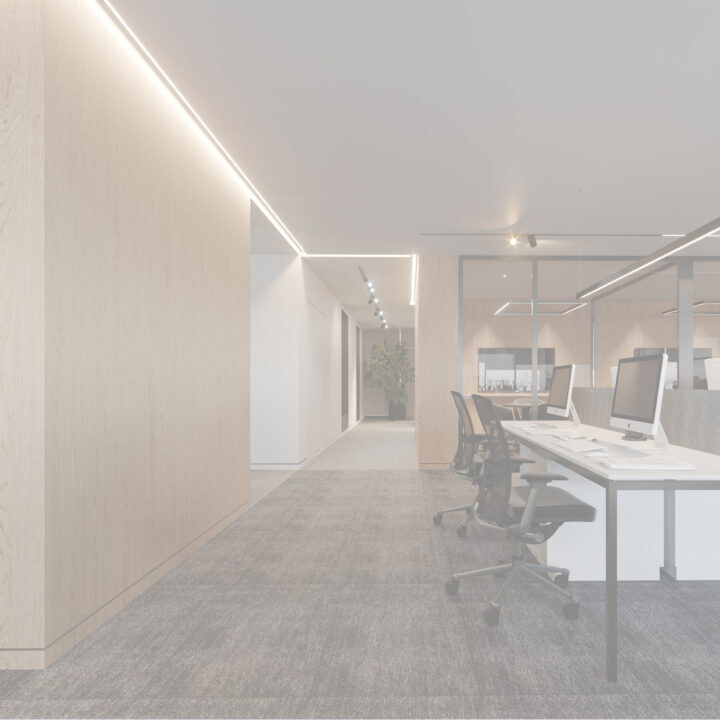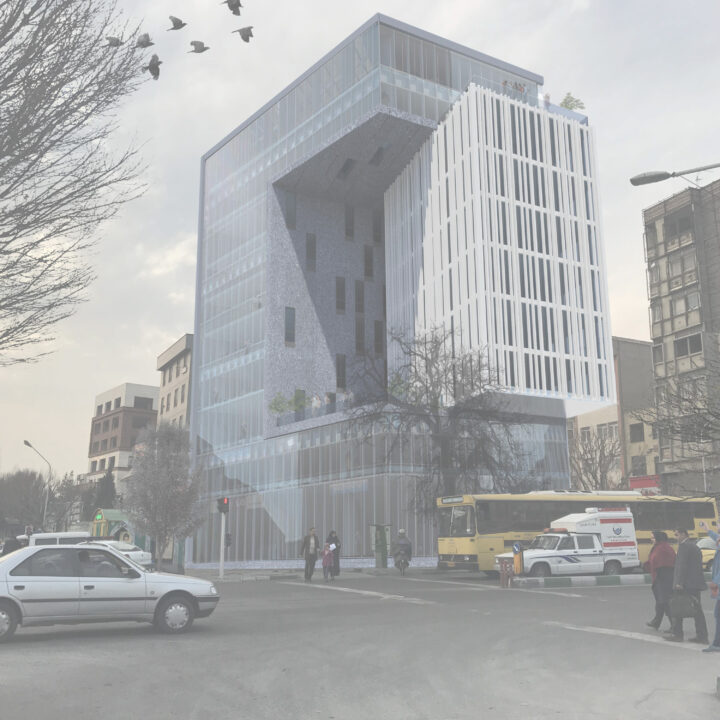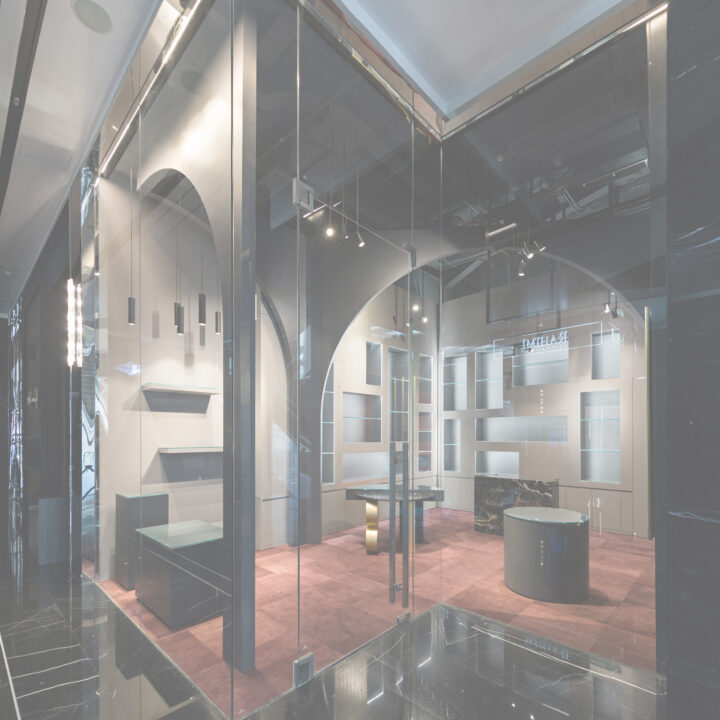







Category:
location:
total built area:
date:
team:
photo:
The Wanta office is located on the 20th floor of the Conrad building. Although this office previously existed in the same unit, they asked us to redesign it due to the inappropriateness of the original layout, which suffered from a lack of natural daylight and narrow corridors. In the new design, we positioned the employees’ workspaces next to the windows to maximize natural light and eliminate all corridors. The layout is primarily linear, but we incorporated curved lines in the central area to add variety and prevent the space from feeling monotonous. These curved lines host the reception, bar, collaboration desk, and a corner for rest and communication. The circular track lights also complement the curved walls. These curved lines are a design element we have successfully used in other projects as well.
Design in Details
In design, we bring characteristics of the natural world into built spaces, such as water, greenery, and natural light, or elements like wood and stone. Encouraging the use of natural systems and processes in design allows for exposure to nature, and in turn, these design approaches improve health and wellbeing. There are a number of possible benefits, including reduced heart rate variability and pulse rates, decreased blood pressure, and increased activity in our nervous systems, to name a few.
Over time, our connections to the natural world diverged in parallel with technological developments. Advances in the 19th and 20th centuries fundamentally changed how people interact with nature. Sheltered from the elements, we spent more and more time indoors. Today, the majority of people spend almost 80-90% of their time indoors, moving between their homes and workplaces. As interior designers embrace biophilia.
[30m2]
bedroom
[22m2]
bathroom
[28m2]
workspace
[15m2]
kitchen area
Incredible Result
Establishing multi-sensory experiences, we can design interiors that resonate across ages and demographics. These rooms and spaces connects us to nature as a proven way to inspire us, boost our productivity, and create greater well-being. Beyond these benefits, by reducing stress and enhancing creativity, we can also expedite healing. In our increasingly urbanized cities, biophilia advocates a more humanistic approach to design. The result is biophilic interiors that celebrate how we live, work and learn with nature.







